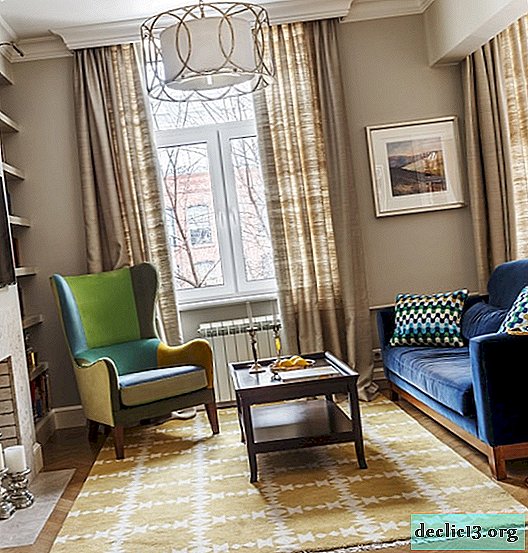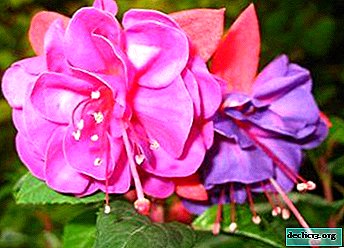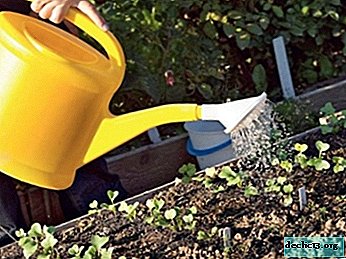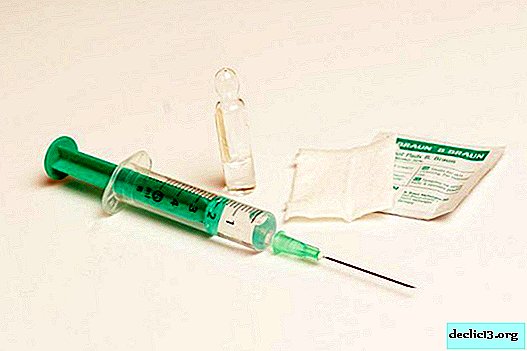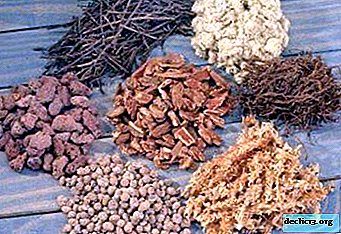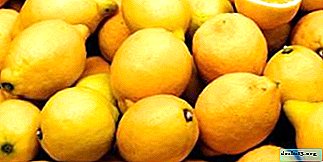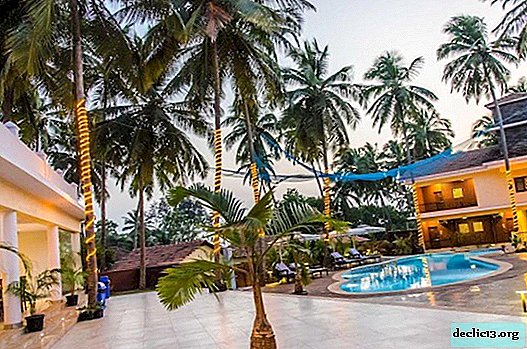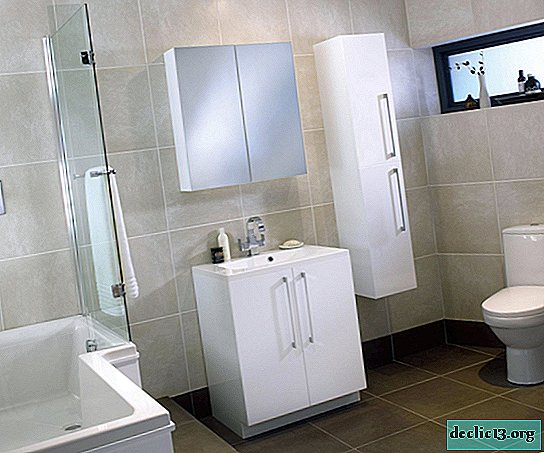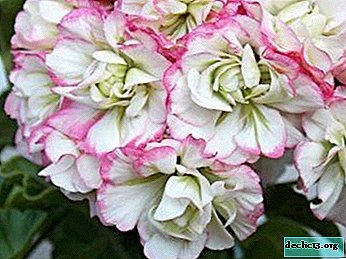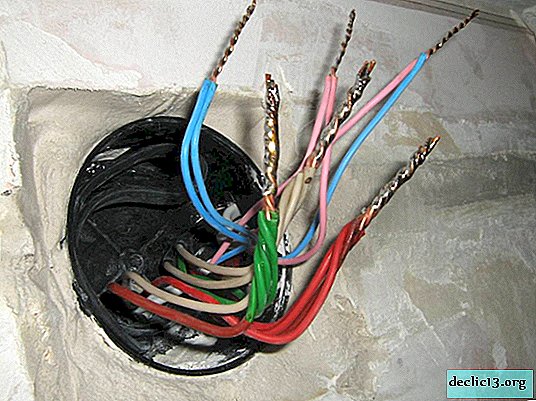Types of Laminate
Laminate belongs to the finishing floor, in order to evaluate all its advantages and disadvantages, you need to familiarize yourself with it. Depending on the criterion, the laminate is divided into several types:
Types of laminate by class
21, 22, 23 - In the CIS countries, laminate of similar marking is rarely used. Service life averages 5 years. It is used only in apartments and in other rooms with a low load.
31- is considered the most common class. Great for an apartment. Less commonly used in offices and other public areas with a light floor load.
32 - usually used in small cafes, restaurants with an average load.
33 - more durable material, used in rooms with high traffic: cinemas, canteens, hospitals.
34 is the most durable class. It is used in rooms with maximum floor load: night clubs, train stations, airports, large commercial premises.
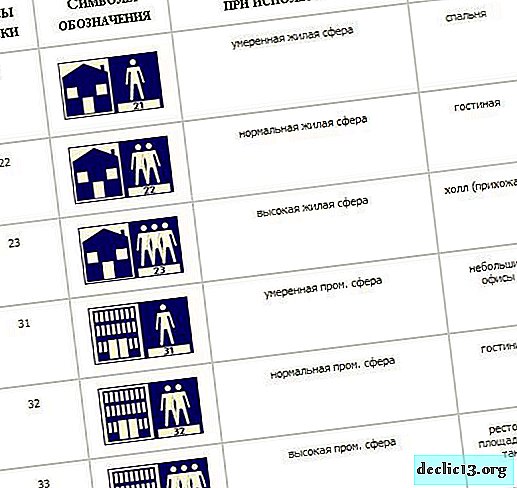
With the right selection, the laminate is able to last for more than a dozen years. You can find all the secrets of choice here.
Types of laminate by way of laying
Laminate is glueless. The castle (aka glueless) laminate is laid by connecting the panels to each other. For laying such a laminate there is no need to use any special tools, which means that such work can be done on its own. It can be dismantled without much physical effort to replace a partial or full section. The panels have a special form of cutting - grooves and spikes that are enough to snap together. Such a laminate should not be placed in rooms where there is high humidity. Moisture in a very short period of time will render the laminate unusable at the joints.
Glue laminate. The main advantage of the presented laminate is that it is suitable for flooring in rooms with high humidity. This is because the glue does not allow moisture to penetrate between the seams. Glue when installing this laminate use a special - water-repellent. The ends of the panels are lubricated with glue and joined. Excess glue must be removed before it dries. The disadvantage of the adhesive laminate is the difficult dismantling for full or partial replacement.
Types of laminate on the upper layer
- Traditional - has a smooth smooth surface;
- Natural - better than traditional, due to which it is very similar to natural wood;
- Gloss - a distinctive feature is the absence of pores and a shiny surface;
- “Waxed” - light shine and a smooth, even surface are characteristic for this material;
- Textural - has irregularities than it looks like wood fibers.

The laminating film (overlay) is made of acrylic or melamine resin, covers the surface of the laminate, protects this finishing floor material from abrasion. This coating is either single-layer or multi-layer with a smooth or texture surface. The decorative layer consists of processed and impregnated furniture foil or wood imitation paper, as well as other possible textures. A fiberboard is the basis of a laminated board. For the manufacture of the base choose fiberboard or chipboard material. The plate must be rigid, strong, have constant geometric parameters, not be distorted by moisture. Moisture resistant layer serves to protect the base from moisture. This layer is made by impregnating unrefined paper with resins.
Also, the laminate can be moisture resistant and water resistant. With a similar name, these types of laminate still have some differences.
What can I recommend
- When purchasing a laminate, you need to take into account the manufacturer's recommendations, for example, on installing this type of laminate, or what type of glue and in what quantity you need to use.
- Store the laminate in a dry room without drafts at a temperature of at least 180. Before laying the laminate plates must be in the room for at least 2–3 days so that the material and the room have the same temperature. The packaging with the material is unpacked immediately before installation.
- Installation of the laminate is carried out only on an even basis.
- Laminate laid parallel to the incident light will have not pronounced seams.
- It is better not to wash the laminate with plenty of water, remember that chemical detergents leave whitish marks on the laminate.



